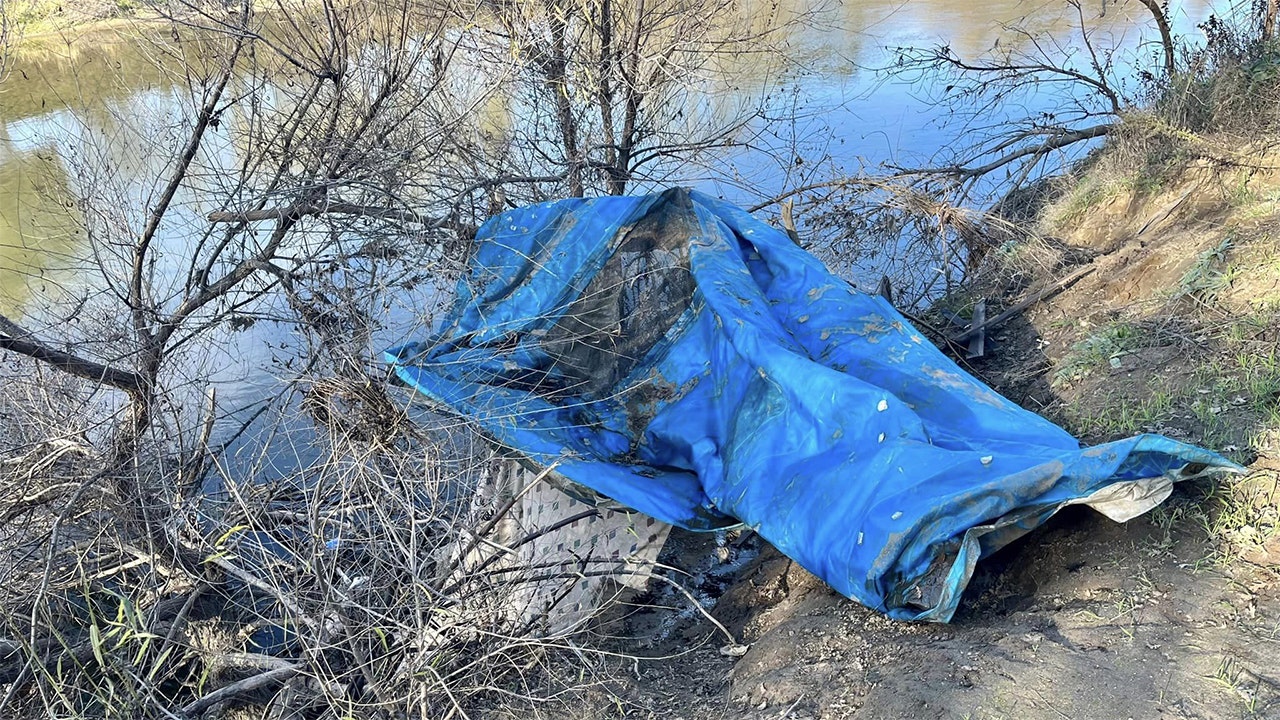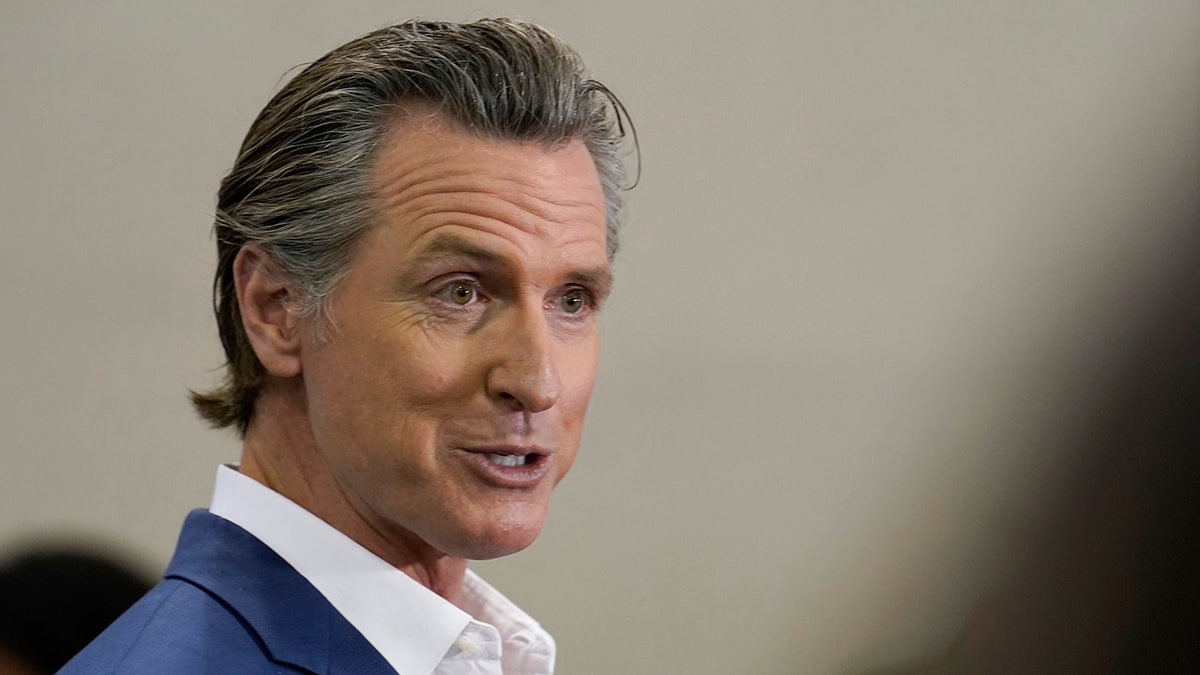
California Democratic senators Alex Padilla and Laphonza Butler announced just over $600 million in federal dollars to curb the spiraling homelessness crisis in the state, as officials struggle to get a handle on the problem exacerbated by drug addiction and mental illness.
“As we continue our statewide count of people experiencing homelessness, one thing remains clear: We need significantly more federal investment to address this humanitarian crisis,” Padilla said in a Jan. 29 statement.
Butler said in a statement the funds would be “especially important to our youth experiencing homelessness, including unaccompanied and pregnant or parenting youth who will now have more access to programs aimed at preventing homelessness.”
The funding is part of a $3.16 billion investment from the Biden administration to support nonprofit organizations, housing authorities and local governments struggling to reduce homelessness nationwide.
NEWSOM SENDING 120 CALIFORNIA HIGHWAY PATROL OFFICERS TO OAKLAND TO CRACK DOWN ON ‘ALARMING’ CRIME SURGE
A tarp and trash belonging to homeless people encamped by the Tuolumne River in Modesto, Calif., Jan. 23, 2024. (Modesto Police Department)
Despite more taxpayer dollars at work, the homeless population continues to skyrocket in the Golden State. It’s up 6% compared to last year and boasts the highest number of homeless people living outdoors in the country. About 181,000 people were considered homeless in the state’s 2023 count, and most are suffering from drug addiction or mental illnesses.
According to a University of San Francisco study last year, 82% of homeless people statewide said they had a mental health condition or abused substances in their lifetime.
Chris Moore, a candidate for Alameda County supervisor and a board member with Bay Rental Housing Association, thinks the earmarked money “is good,” but that the state “isn’t using best practices.”
NEWSOM RECALLS SEEING BRAZEN THEFT, REFUSES PHOTO AND ASKS FOR MANAGER WHEN WORKER BLAMES HIM: LEAKED VIDEO
“And I think with more money, it’s great, but we need to start looking at best practices,” Moore told Fox News Digital. “And looking at what they’re doing there in Houston and start solving the problem rather than enabling the problem.”
Houston cut its homeless population by 64% over the last 12 years and 17% last year through collaboration between various organizations despite minimal financial investment. Texas has spent significantly less money on homelessness compared to California — $806 versus $10,786 per homeless person.

Homeless men on a sidewalk in San Francisco Sept. 2, 2023. (Tayfun Coskun/Anadolu Agency via Getty Images)
California has dipped its toes in some of the country’s most controversial practices to confront its growing homelessness problem.
The state has spent roughly $20 billion on homelessness in the last five years since Gov. Gavin Newsom took office under what’s called the “housing first” solution. It’s the belief that homelessness is solved through first putting people in apartments, motels, hotels or “tiny homes,” rather than mandating rehabilitation for drug addiction or mental health treatment.
NEWSOM ADMIN DELIVERS TEPID RESPONSE TO SPIRALING PROSTITUTION, PIMPS CONTROLLING CALIFORNIA NEIGHBORHOODS
Some say this strategy doesn’t work, as most government-run housing programs don’t require “wraparound” services, a holistic care model that includes drug rehabilitation and mental illness treatment.
Instead, the “harm reduction” model has been adopted by the state’s Department of Health, which focuses on reducing the consequences of drug use through offering clean syringes, naxolone and other materials to “meet people where they’re at” and make drug use “safer.”
Rev. Andy Bales, the former CEO of Union Rescue Mission, one of Los Angeles’ largest faith-based nonprofit organizations that does not rely on government funding, told Fox News Digital that more people will become homeless under the strategy.

California Gov. Gavin Newsom speaks at a news conference in Sacramento, Calif., March 16, 2023. (AP Photo/Rich Pedroncelli)
“Housing First, specifically with the Harm Reduction rules, which really translates to the free flow of hard drugs and alcohol, has been an utter failure,” Bales said. “And there’s a reason why we’ve made absolutely no progress after California has spent $22 billion in the last six years. And yet homelessness has skyrocketed.”
Bales retired in 2023 from the nonprofit after 20 years. He said he continues to study the state’s homeless policies and population trends.
“California alone represents 50% of all street homelessness because they have doubled down on the policy of housing first and harm reduction, and so if it continues to be spent, like it has been, we won’t see much positivity or improvement because it’s a failed policy,” he said. “There’s so much evidence to show that the numbers don’t lie.
“It’s a mistake to only fund one strategy,” he added. “You know, multiple strategies could make a difference.”
Homeless housing programs that use this approach can be identified through the National Harm Reduction Coalition’s interactive map.
CLICK HERE TO GET THE FOX NEWS APP
“Harm reduction is a set of practical strategies and ideas aimed at reducing negative consequences associated with drug use,” the National Harm Reduction Coalition website states. “Harm eduction is also a movement for social justice built on a belief in, and respect for, the rights of people who use drugs.”
Newsom is facing pressure by voters to curtail the issue at its root. In March, residents will vote on Newsom’s proposed $6.4 billion bond aimed at adding approximately 25,000 psychiatric and addiction treatment beds across California, a move aimed to be a “course corrective” action from when California dumped thousands of people from psychiatric centers onto the streets.
“There was a righteousness in the 60s, with Democrats and Republicans saying, ‘We have to move away from these locked institutions,’” Newsom said last year before signing several mental health bills. “We were supposed to replicate that with community-based care, and there was no accountability — there was no obligation either way.”